Editor’s note: The below interview contains spoilers for The Last of Us Season 2 Episode 6 and The Last of Us: Part II video game.
Halley Gross has been a part of the team on The Last of Us for the last five years. When the time came for a follow-up to the original Last of Us game, she partnered with Naughty Dog studio head Neil Druckmann to write the sequel, The Last of Us: Part II, which now serves as the foundation of HBO’s adaptation of the second season. Meanwhile, Gross has only maintained her connection to the franchise by joining the show as a co-executive producer. Alongside Druckmann and series co-creator Craig Mazin, Gross wrote the last two episodes of Season 2, starting with tonight’s flashback-heavy installment directed by Druckmann himself.
Ahead of Episode 6’s premiere, Collider had the opportunity to speak with Gross about the hour’s major flashbacks, surprising character cameos, and biggest diversions from the original game narrative. Over the course of the interview, which you can read below, Gross details the significance of introducing someone like Joel (Pedro Pascal) and Tommy’s (Gabriel Luna) father, what Ellie’s (Bella Ramsey) moth tattoo really represents, which cut game scene was reincorporated into the show, why certain changes were made to moments like the museum flashback and the porch conversation, and more.
COLLIDER: You first became involved with this story through the second Last of Us game, but now you’re a co-writer on the last two episodes of Season 2. When did you become involved with the show in a writing capacity?
HALLEY GROSS: I started with Season 2 as a co-EP, and now I’m also involved in Season 3 as an EP.
Was it because of your work on the game that you were brought in to help with the story in adapting it for HBO?
GROSS: Yeah. I was really fortunate that the guys wanted to include my POV.
This episode revolves around flashbacks, but so much is established in The Last of Us: Part II as background detail that we don’t really always know the origins of. Were there any moments in Episode 6 that were part of the game, or were established as relevant history for these characters, that had to be cut, but were then incorporated into the show with this episode?
GROSS: Yes. Actually, Neil (Druckmann) reminded me of one yesterday. There are a bunch of things that kind of got combined in this episode that were elements that we couldn’t bring from the game. In the game, Eugene is already dead, and he has a different relationship with the town. But that sequence where Joel and Ellie happen upon somebody who they love, who’s already been infected, was a really old idea that we had for the second game. Instead of Eugene, Joel had a girlfriend, and her name was Esther. They were arriving at an electric dam because things weren’t working, and they found everybody dead but Esther. She was reconciling with the fact that this was it. She was bitten, and she was facing down her own death, and Joel sat with her while she reconciled with that, knowing that she couldn’t come back in.
If I remember correctly, the scene, when we originally conceived it, with Esther, also had Ellie away from the scene when it happened. She just heard it and knew that Joel was now experiencing this extremely tragic loss because this was the first grown-up that he’d really connected with in all the time that she knew him — since Tess, probably — and having to reconcile with the fact that she knew deep in her heart that if her immunity could have meant something, Esther could still be alive and Joel’s happiness could still be preserved. So, we poached it and then put it back together to service Eugene.
‘The Last of Us’ Halley Gross Explains the Meaning Behind Introducing Joel and Tommy’s Dad
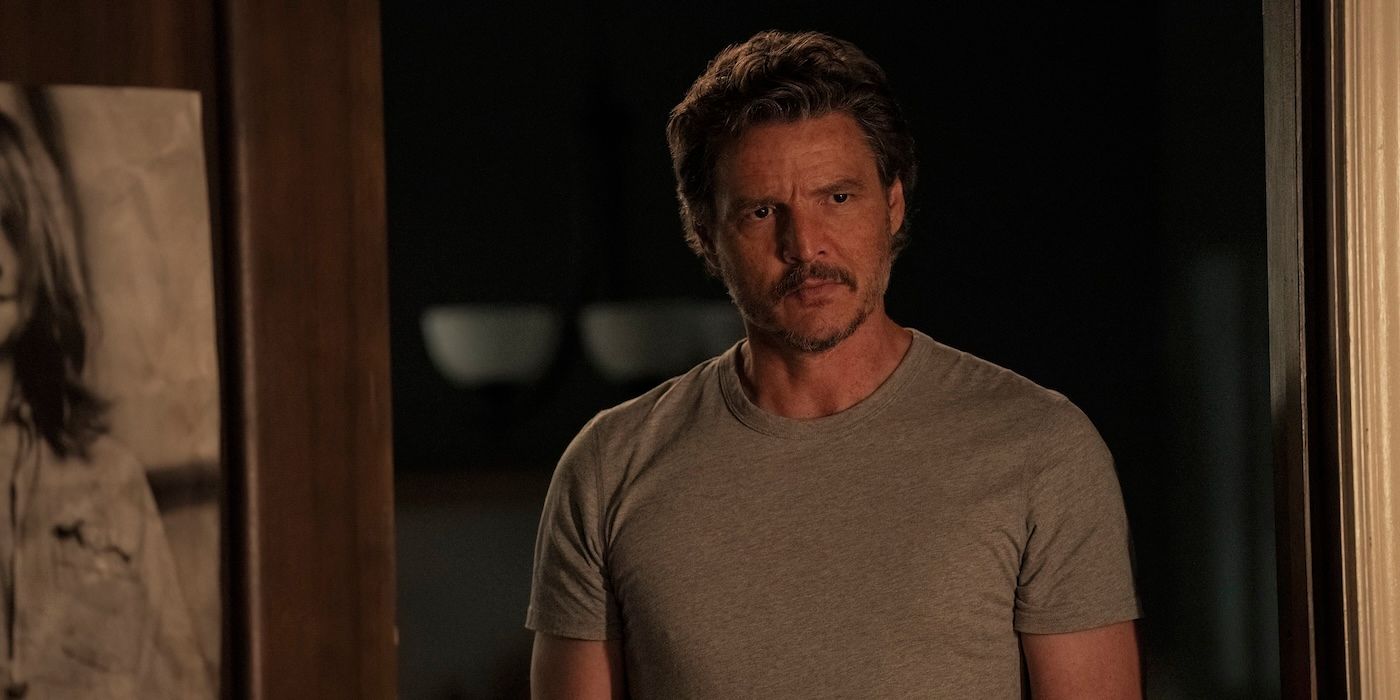
This isn’t just a Joel and Ellie flashback episode, either; it starts with a flashback to Joel as a young man with his father, played by Tony Dalton. The circumstances of those early years are a new element to the story. Previously, we didn’t know that Joel and Tommy’s dad was a cop. The scene itself ties into the overall story themes of violence being a cycle, and when someone is going to be the one to break that cycle. Why did it feel important to bring in this early flashback to Joel as a young man, to show that he was really raised within that cycle of violence?
GROSS: Craig (Mazin) and Neil are both dads, and so for them, even though their parents are lovely, learning how to be better for the next generation has always been something that’s really important to them. For us, it gives us this beautiful framework because we’re watching all the opportunities where Joel could be like his father, could regress, or have the impulse to regress. You see what his instinct tells him to do, but it’s that maturity that slows him down and lets him make a conscious choice to be the person he wants to be, and not just the person that he’s programmed to be.
Then you see that same instinct again on the porch where he gives Ellie this piece of advice, right? “If you’re ever in the same situation, I hope you’ll do a little bit better.” To me, not only does this give a beautiful framework for both of them that, on some level, our behavior can be a choice, we can rise above, but it also gives us hope, because where Ellie is going is in a really dark direction. The idea that Joel could have left her with the kernel of how to heal herself, how to solve a problem, is really important going forward as we watch her descend.
The origin of Ellie’s tattoo happens off-screen in the game, but here, it’s really built into her exploring her sexuality and coming into her own as a person, as a woman. But she’s also drawn to that moth imagery, which seems like her grappling with her existence. Why the moth? Were there other designs that were considered for her tattoo? It’s such an iconic design that fans have come to recognize and even get tattooed on themselves.
GROSS: That design started really early. I feel like that design was coming together during my first six months at Naughty Dog, back when we were developing the game. The moth obviously has that beautiful symbology of death, but it’s also looking for the light, right? These are animals that look for the light. In storytelling, we have these totems that can evoke what the character is thinking, even if we’re not witnessing them thinking about it, like Joel looking at his watch.
But with this, we have this question that’s going to evolve for Ellie, which is, “Was I supposed to die at this hospital?” That needling of that question of that hospital is this constant reminder, and it’s this constant reminder that she’s forced to look at all the time. She looks at this bite. She can’t wear t-shirts. It’s this question that is gnawing at her, even when she’s trying to move forward and have a beautiful life with Joel. She tries to cover it up in her teenage act of rebellion, but even the symbology is still there. The reminders are still there. It’s on her body. There’s no way of avoiding this line between them, this noxious unknowing. So, hopefully, the tattoo reminds the audience or the player that they can never escape these questions between them.
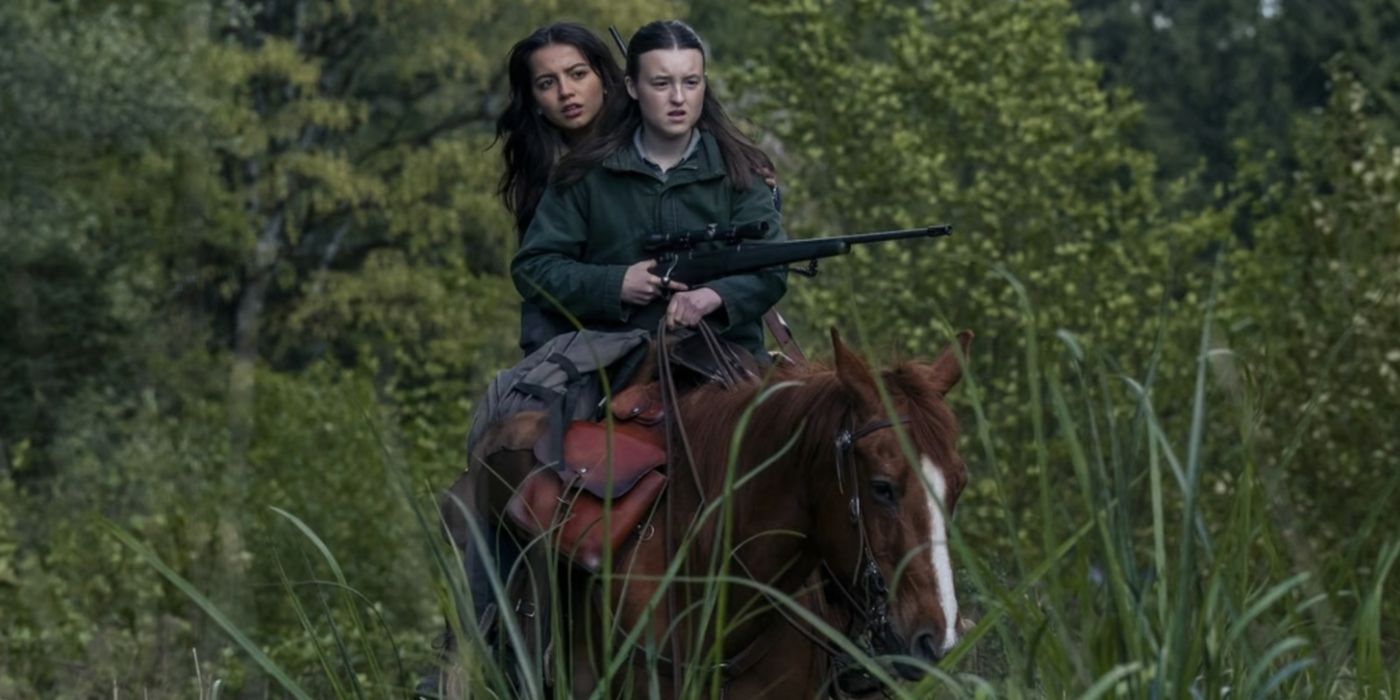
Related
“Is There Any Coming Back From This?“: ‘The Last of Us’ Co-Creators Tease Ellie’s Descent Into Becoming a Killer
Season 2 is airing now.
The museum flashback is also where Ellie starts to sense that maybe things aren’t adding up. In the game, they discover the body with the Firefly graffiti. Was that portion cut because the episode really shows Ellie already putting two and two together about Joel’s story, and how these facts are not lining up?
GROSS: That’s exactly right. With the game, the flashbacks come every couple of hours, so we’re reminding everybody of the stakes and the tone and the things that are eating away at her. But here, we’ve got this bottle episode between them, so you don’t want to hit that same beat over and over again. You want it to be this slow bleed.
At the end of the sequence with the museum, we do still have that evocative image — we actually were originally going to do this in the game, and then we shifted directions to the body — where you see the Fireflies floating over the water. Even on the best day of their relationship, and to me, the museum does represent the best day of their relationship, even in beauty, she’s seeing this question between them. So, then, the evidence starts to pile up inside of her, and over the course of years, we’re seeing it fester.
By the time we get to Eugene’s death, there’s an added layer with him being this beloved member of the Jackson community and having that connection to Gail, whom we’ve already met. In the moment where Ellie calls Joel out on his lie, the double meaning couldn’t be clearer. It’s not about Eugene anymore. At that point, does Joel know that Ellie knows?
GROSS: Oh, yeah. Absolutely. But I think for Joel, like all of us, we live in our own subjective realities. In the first episode of this season, you see Joel say to Gail, “I saved her.” He knows. He knows what this is about.
I don’t think he realizes it until she says, “You swore.” Because up until that point, it’s just this betrayal, this lie, this loss of Eugene when she thought that there could be more humanity to that moment. But it’s when she says, “You swore,” that the elephant in the room is loud and clear. He has to reconcile with it. Is he willing to tolerate the lie or the discomfort of the truth? I think he really wants to tolerate the lie, even as it destroys them, for as long as he humanly can.
‘The Last of Us’ Halley Gross on the Changes to Joel and Ellie’s Porch Conversation From the Game
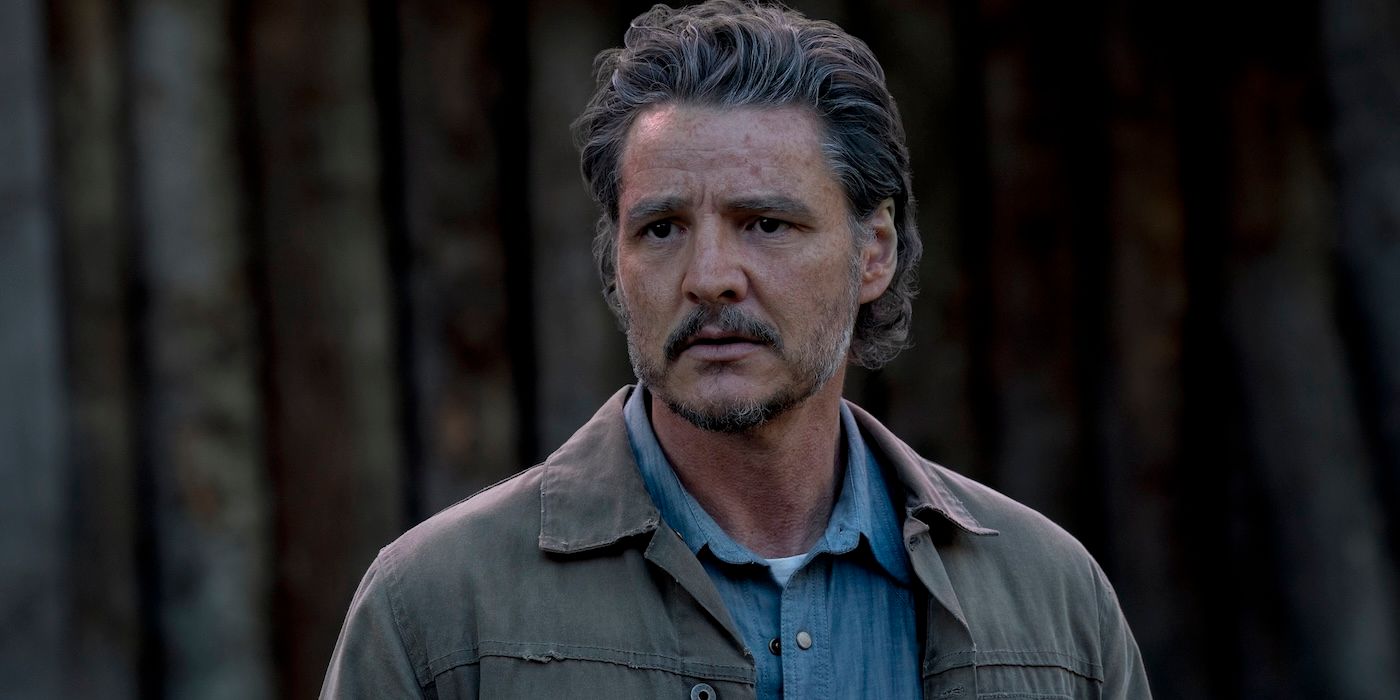
Earlier in the season, that episode cut away before Joel and Ellie’s conversation on the porch, but here, you see that she did turn, and go back, and speak with him. It’s also a moment that combines two game scenes into one — the Salt Lake City conversation, where Joel finally admits to her face what happened with the Fireflies, and they also have that moment of new understanding. You realize that when Ellie told Jesse that she and Joel were in a better place, she wasn’t just putting on a front. They were starting to mend things, which makes what happens next even more heartbreaking. I was curious about the story decision to condense those two scenes together.
GROSS: When you’re talking about TV, we have to condense themes. We have to think about sets. We have to think about Ellie and Joel’s progress not in a 24-hour game, but in a 55-minute piece. There was an opportunity to hit both of those notes at the same time because of this Eugene moment, because Eugene was giving us the confirmation that that hospital beat was originally intended for. So, once Ellie knows in the same way that she knew when she visited St. Mary’s, then it becomes: how are you going to move forward from that information?
The porch beat really just became the period at the end of the sentence. It’s something that she’d been reconciling with for a long time. She knew. She maybe didn’t know the details, but it was something that she had had to chew on for a long time. We were able to tighten those beats together and allow you to see Ellie move through it, and allow Joel to watch her live through it.
In the game, that scene comes so much later, at the very end of things. Did it just make more sense to use it as a bookend on Season 2, knowing what we know about Season 3 and where it’s likely headed, rather than delaying it to where it is game-wise?
GROSS: You’re exactly right. Obviously, the next season won’t come for a while. It felt like something that couldn’t be saved for that long. You needed to know. Also, given the way that this season has been structured, Ellie can only stay behind for so long. The audience already has a piece of information, so letting her catch up and realize — and we’ll see going forward, as she makes harder and harder choices — we needed to understand where that loss is coming from.
You said beautifully yourself — when you’re starting the season, you have an expectation of how estranged their relationship was, but you realize that right before Abby did what she did, Ellie and Joel both had this opportunity to find something new and rebuild, and that was snatched away. There’s so much guilt and so much resentment at what’s been taken away from Ellie that that is going to propel her. Even as she starts to make choices that we, as an audience or as a player, might not agree with, we need to understand, we need to empathize with, if we don’t sympathize with, why she’s doing what she’s doing.
The Last of Us Season 2 finale premieres next Sunday on HBO and HBO Max.
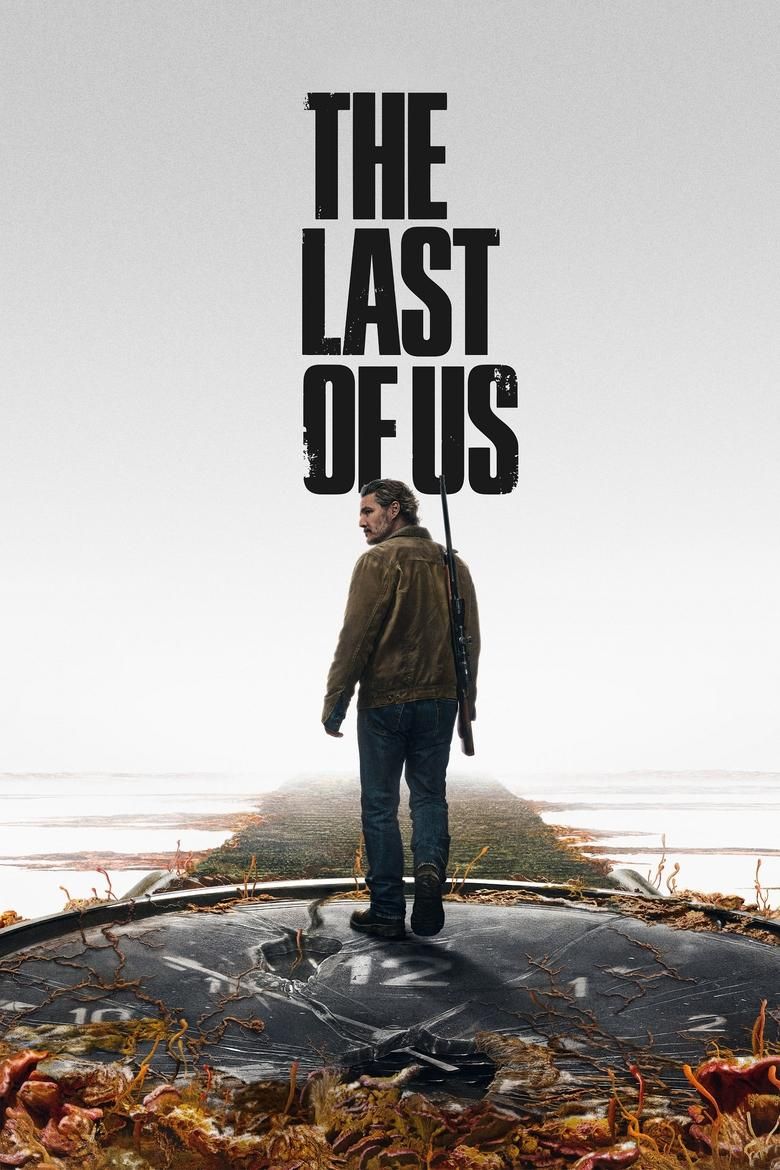
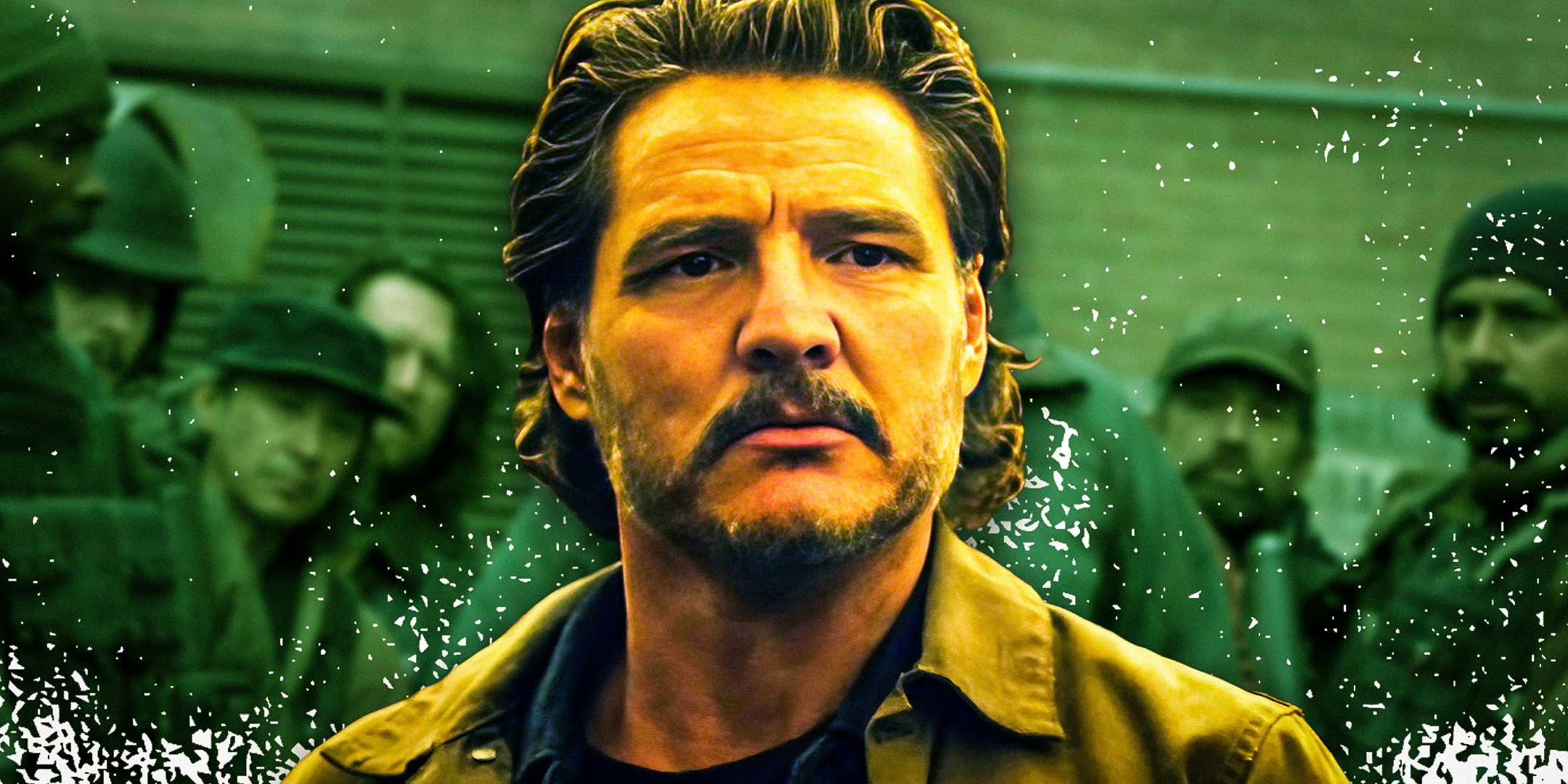
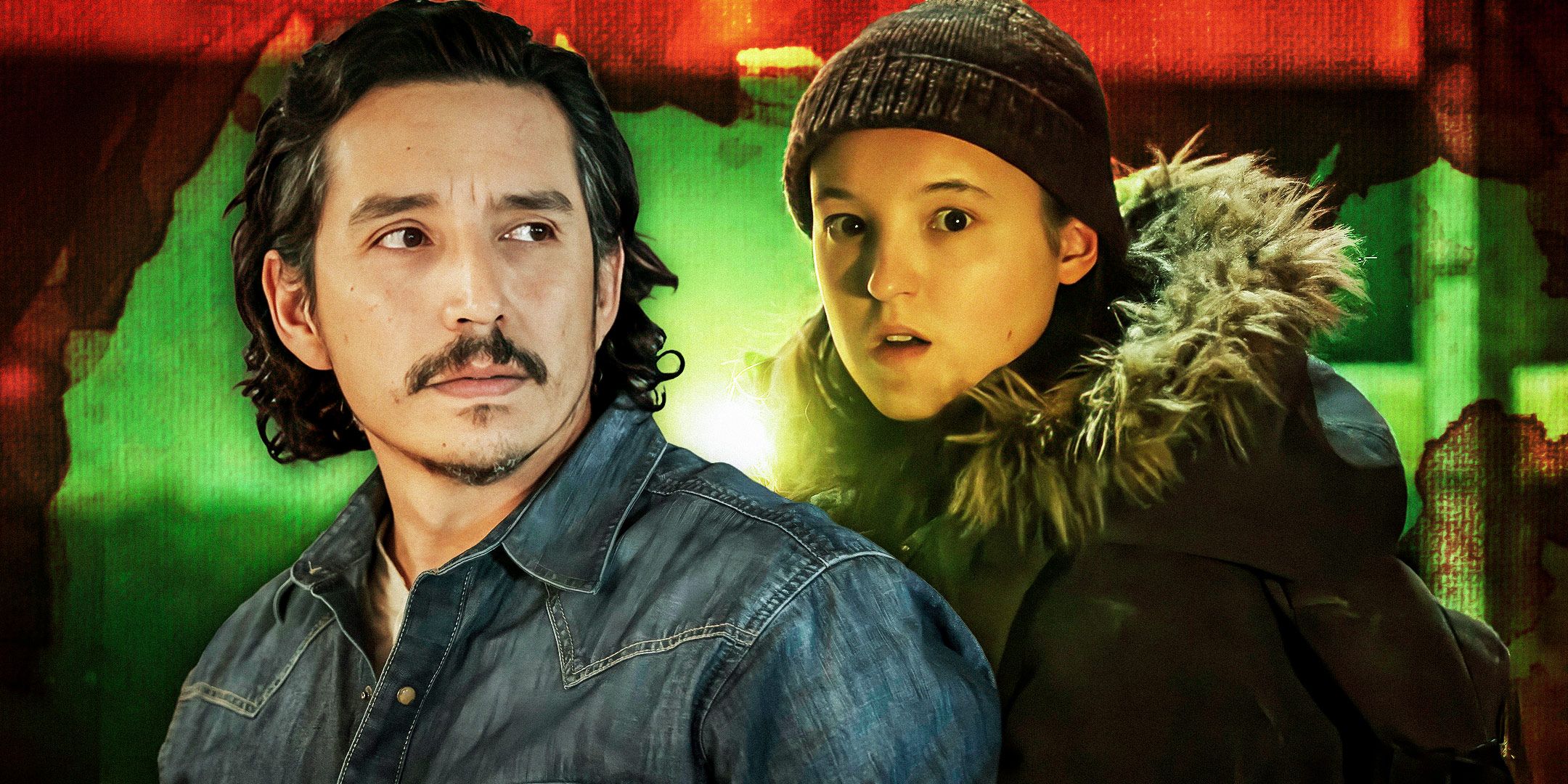
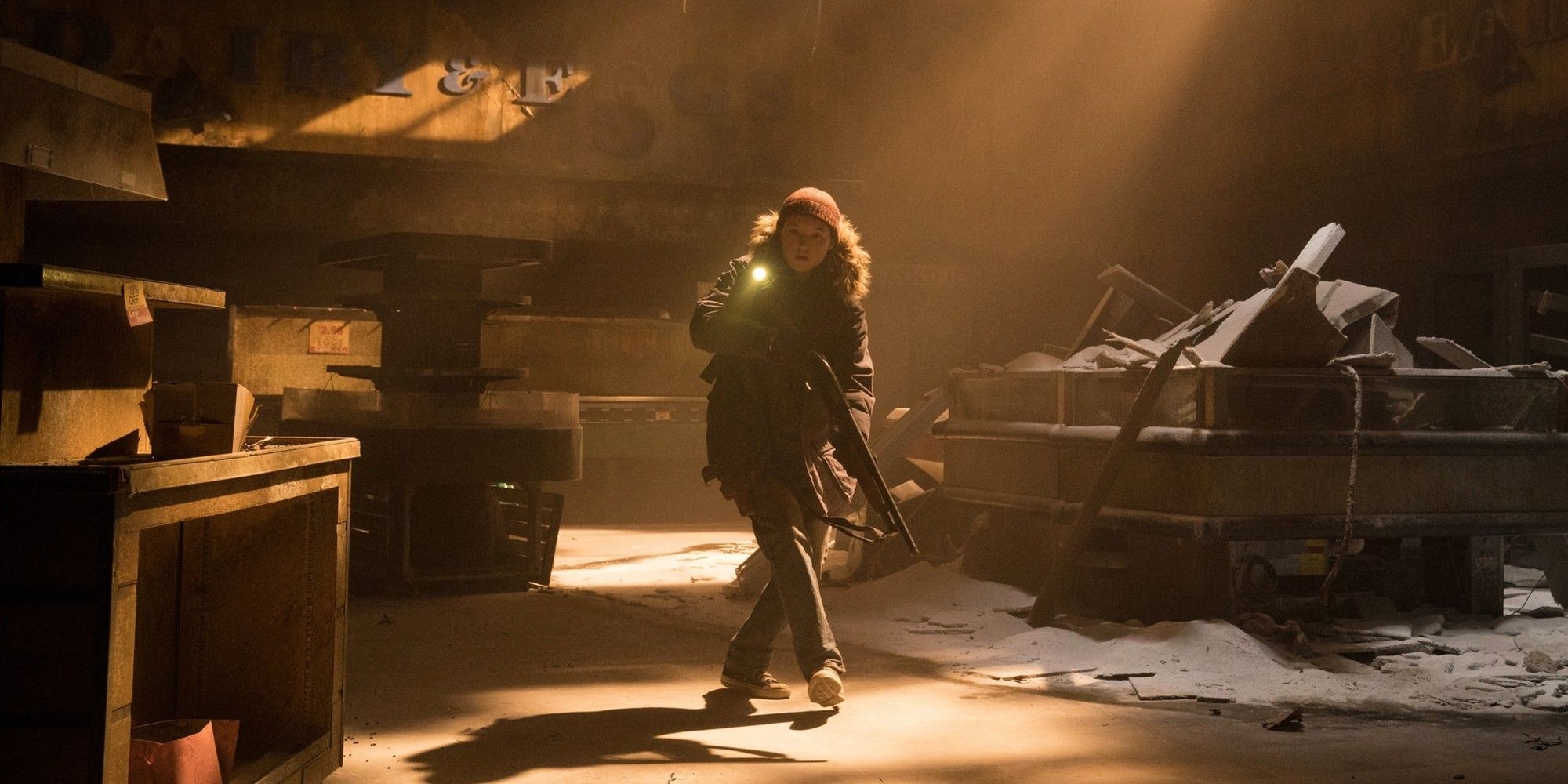
The Last Of Us
- Release Date
-
January 15, 2023
- Network
-
HBO
- Showrunner
-
Craig Mazin
- Directors
-
Craig Mazin, Peter Hoar, Jeremy Webb, Ali Abbasi, Mark Mylod, Stephen Williams, Jasmila Žbanić, Liza Johnson, Nina Lopez-Corrado
- Writers
-
Neil Druckmann, Craig Mazin

